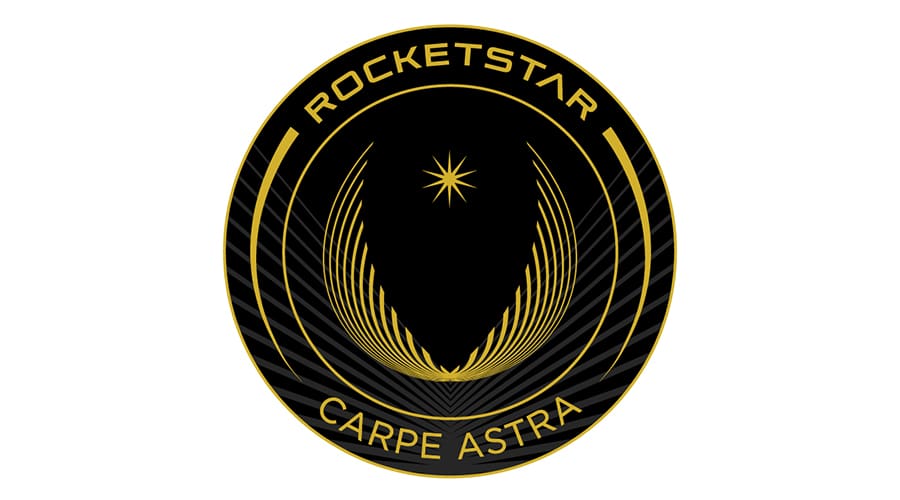Part 1 of 2 Parts
The aerospike engine is a type of rocket engine that maintains its aerodynamic efficiency across a wide range of altitudes. It belongs to the class of altitude compensating nozzle engines. Aerospike engines were proposed for many single-stage-to-orbit (SSTO) designs. They were a contender for the Space Shuttle main engine. However, as of 2023 no such engine was in commercial production, although some large-scale aerospikes were in testing phases.
RocketStar is a New York-based company that plans to launch its aerospike-powered rocket for the first time this fall. It will be carrying a prototype satellite for resource-mapping startup Lunasonde on a brief suborbital trip.
RocketStar intends for its forty-foot rocket called Cowbell to reach about seventy thousand feet on its test flight. This will depend on final safety requirements from NASA for launching from Launch Complex 48 which is a multi-use launchpad in Cape Canaveral, Florida.
RocketStar estimates this mission will only last eight minutes. Lunasonde expects that will be enough time for its onboard subsurface radar imager to collect important reflectance data to support its development.
RocketStar had planned to launch Cowbell on its first suborbital launch in early 2019. They wanted to test what the company has described as a proprietary aerospike engine. They received regulatory approval to launch Cowbell from a floating barge off the coast of Florida. RocketStar canceled the mission three days before liftoff citing safety concerns.
Since then, RocketStar has made few public statements about its plans as it pivoted to what it considers a safer launch from a pad on dry land.
Christopher Craddock is the founder of RocketStar. He said, “Between COVID and finding the right pad, it’s taken that long to adapt the sea-launch idea to a land-based launch.” Craddock said RocketStar decided not to broadcast its development progress until after it launched.
Craddock added, “We felt it’d be better to just do it, and then say, ‘OK guys we did our first one, this is what happened, we’d love to see you at the next one.’”
Craddock is a former Wall Street broker. He founded RocketStar to develop a single-stage-to-orbit (SSTO) launch vehicle powered by a 3D-printed aerospike engine.
Craddock said, “The current plan is to use a toroidal [aerospike] engine for orbital insertion with our development campaign, and then still using toroidal when we go commercial.”
Aerospike engines are a novel design first tested in the 1960s. They were at the heart of NASA’s experimental X-33 suborbital spaceplane program and its envisioned SSTO follow-on VentureStar. However, NASA and Lockheed Martin cancelled the X-33 and VentureStar projects in the early 2000s without finishing or flying either vehicle.
Cradock added, “No aerospike has flown under its own power, pretty much ever, and if it has it’s only been to like 50,000 feet [about 15,000 meters]”.
RocketStar’s first suborbital launch will take place from land. Craddock said lifting off from sea remains attractive from a “launch cadence perspective.”
RocketStar also intends to later provide propulsion solutions to other companies.
Please read Part 2 next
